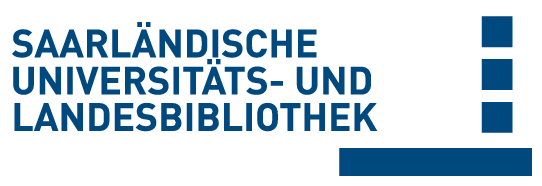Bitte benutzen Sie diese Referenz, um auf diese Ressource zu verweisen:
doi:10.22028/D291-40653 | Titel: | Differences in SARS-CoV-2 specific humoral and cellular immune responses after contralateral and ipsilateral COVID-19 vaccination |
| VerfasserIn: | Ziegler, Laura Klemis, Verena Schmidt, Tina Schneitler, Sophie Baum, Christina Neumann, Jürgen Becker, Sören L. Gärtner, Barbara C. Sester, Urban Sester, Martina |
| Sprache: | Englisch |
| Titel: | EBioMedicine |
| Bandnummer: | 95 |
| Verlag/Plattform: | Elsevier |
| Erscheinungsjahr: | 2023 |
| Freie Schlagwörter: | Vaccination Ipsilateral Contralateral Antibodies T cells Neutralizing activity Avidity |
| DDC-Sachgruppe: | 610 Medizin, Gesundheit |
| Dokumenttyp: | Journalartikel / Zeitschriftenartikel |
| Abstract: | Background Individual doses of dual-dose vaccine-regimens are sequentially administered into the deltoid muscle, but little attention has so far been paid to the immunological effects of choosing the ipsilateral or the contralateral side for the second dose. Methods In an observational study, 303 previously naive individuals were recruited, who received the second dose of the COVID-19 vaccine BNT162b2 on either the ipsilateral (n = 147) or the contralateral side (n = 156). Spike-specific IgG, IgG-avidity, and neutralizing antibodies were quantified using ELISA and a surrogate assay 2 weeks after dose 2. A subgroup of 143 individuals (64 ipsilateral, 79 contralateral) was analysed for spike-specific CD4 and CD8 T-cells using flow-cytometry. Findings Median spike-specific IgG-levels did not differ after ipsilateral (4590 (IQR 3438) BAU/ml) or contralateral vaccination (4002 (IQR 3524) BAU/ml, p = 0.106). IgG-avidity was also similar (p = 0.056). However, neutralizing activity was significantly lower after contralateral vaccination (p = 0.024). Likewise, median spike-specific CD8 T-cell levels were significantly lower (p = 0.004). Consequently, the percentage of individuals with detectable CD8 T-cells was significantly lower after contralateral than after ipsilateral vaccination (43.0% versus 67.2%, p = 0.004). Spike specific CD4 T-cell levels were similar in both groups, but showed significantly higher CTLA-4 expression after contralateral vaccination (p = 0.011). These effects were vaccine-specific, as polyclonally stimulated T-cell levels did not differ. Interpretation Both ipsilateral and contralateral vaccination induce a strong immune response, but secondary boosting is more pronounced when choosing vaccine administration-routes that allows for drainage by the same lymph nodes used for priming. Higher neutralizing antibody activity and higher levels of spike-specific CD8 T-cells may have implications for protection from infection and severe disease and support general preference for ipsilateral vaccination. |
| DOI der Erstveröffentlichung: | 10.1016/j.ebiom.2023.104743 |
| URL der Erstveröffentlichung: | https://doi.org/10.1016/j.ebiom.2023.104743 |
| Link zu diesem Datensatz: | urn:nbn:de:bsz:291--ds-406532 hdl:20.500.11880/36521 http://dx.doi.org/10.22028/D291-40653 |
| ISSN: | 2352-3964 |
| Datum des Eintrags: | 28-Sep-2023 |
| Bezeichnung des in Beziehung stehenden Objekts: | Supplementary data |
| In Beziehung stehendes Objekt: | https://ars.els-cdn.com/content/image/1-s2.0-S2352396423003080-mmc1.docx |
| Fakultät: | M - Medizinische Fakultät |
| Fachrichtung: | M - Infektionsmedizin M - Innere Medizin |
| Professur: | M - Prof. Dr. Sören Becker M - Prof. Dr. Martina Sester M - Keiner Professur zugeordnet |
| Sammlung: | SciDok - Der Wissenschaftsserver der Universität des Saarlandes |
Dateien zu diesem Datensatz:
| Datei | Beschreibung | Größe | Format | |
|---|---|---|---|---|
| 1-s2.0-S2352396423003080-main.pdf | 1,03 MB | Adobe PDF | Öffnen/Anzeigen |
Diese Ressource wurde unter folgender Copyright-Bestimmung veröffentlicht: Lizenz von Creative Commons


